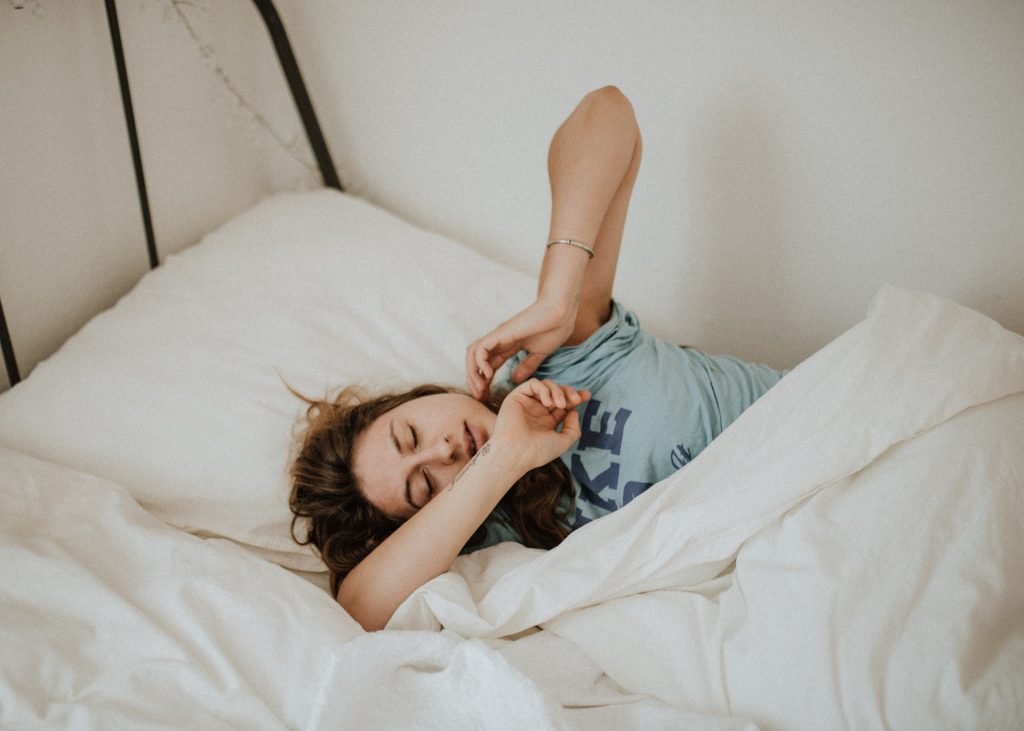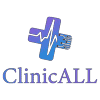Getting sleep apnea treatment can be a daunting task, especially for someone who doesn’t know much about the process. There are different types of treatments, such as CPAP, surgery, and oral devices. But which one is right for you?
CPAP
CPAP for sleep apnea treatment is a proven method for treating obstructive sleep apnea. CPAP for sleep apnea treatment keeps the airway open so that the body can get enough oxygen. This prevents the airway from collapsing during sleep.
If you are interested in CPAP for sleep apnea treatment, you need to determine if it is right for you. The machine may be too uncomfortable or it may interrupt your sleep. You may also experience side effects, such as dry mouth, aerophagia, and other health problems.

If you are interested in CPAP for sleep apnea treatment, you may want to look for a machine that has a ramp feature, which automatically increases air pressure as you fall asleep. You may also want to look for a machine with a heated humidifier, which will help to keep your nose and mouth moist.
You may also want to practice using the mask while awake. This will help you to get used to using the device. You may need to use different masks or straps to achieve the best fit. You should also use a nasal saline spray to help clear your nose.
Oral devices
Using oral devices for sleep apnea treatment offers a simpler and more cost-effective alternative to continuous positive airway pressure (CPAP) devices. While these appliances are not as effective for treating severe obstructive sleep apnea (OSA), they are generally well-tolerated and offer short-term benefits.
These appliances, also known as mandibular advancement devices, are custom-made mouth guards that are designed to shift the lower jaw forward while you sleep. This prevents the tongue from falling back into the pharyngeal airway, which in turn keeps the airway open.
There are three types of oral appliances: mandibular advancement devices, OPAP(r) appliances and tongue retaining devices. The first two are used for moderate or mild sleep apnea.
The OPAP(r) appliance uses a soft flexible material to create a positive airway pressure. It is paired with a nasal mask appliance. The device is effective for patients with or without oral air passages.
The tongue retaining device uses a suction pressure to keep the tongue in a forward position, which prevents the tongue from falling back into the throat. This can create excess saliva, though.
Surgical options
Surgical options for sleep apnea treatment are used to improve airflow and to help eliminate symptoms of sleep apnea. The type of surgery chosen is based on the type of sleep apnea and the patient’s preferences. If you’re unsure about what surgical approach is right for you, talk to your doctor about your options.
There are two basic types of surgical procedures for obstructive sleep apnea. The first, UPPP surgery, involves repositioning the soft palate to make it smaller. The second, uvulopalatopharyngoplasty, involves removing excess tissue.
There are also non-surgical options, including continuous positive airway pressure (CPAP) therapy and oral devices. These are effective for most patients with sleep apnea. However, if your obstructive sleep apnea is severe, or you’re intolerant to non-invasive treatments, you may need surgery.
A more extensive surgical approach may involve several surgeries on various parts of the mouth. These surgeries are performed under general anesthesia. This requires more preparation and may result in longer recovery time. You may also be asked to avoid strenuous physical activity during recovery.
Preparing for the CCSH or RPSGT exam
Whether you’re taking the CCSH or RPSGT exam for sleep apnea treatment, there are a number of resources to help you prepare. For example, Mometrix Academy offers RPSGT Exam Preparation Flashcards, videos, and study guides. You can also check out the Board of Registered Polysomnographic Technologists (BRPT) for a list of recommended readings.
The Board of Registered Polysomnographic Technologists also has a pediatric sleep specialty exam. This exam is designed for sleep technologists who have experience in pediatric sleep disorders. It’s administered by Pearson VUE. The exam is computer-based and consists of 175 multiple choice questions. There are also 25 practice questions.
Before you schedule an exam appointment, you’ll need to make sure that you’re eligible to take the exam. This means that you must be a graduate of a CAAHEP-accredited polysomnography education program. You must also have a valid CPR/BLS certification. If you’re not eligible, you’ll have to retake the exam.
BRPT also requires that you adhere to its Standards of Conduct. Candidates who violate these standards are subject to professional review and possible sanctions. In some cases, these sanctions may lead to the revocation or suspension of an RPSGT credential.
In conclusion, there are many symptoms that one can look for to determine whether or not you are suffering from sleep apnea. If you are having trouble sleeping, experiencing fatigue or have an irregular heartbeat, it may be time to have your doctor test for sleep apnea. It is important to keep in mind that even if you don’t have all of these symptoms, you may still have sleep apnea, it is best to have yourself checked out.





Phenix Health delivers online health services 24/7 provided by Australian doctors and healthcare professionals.